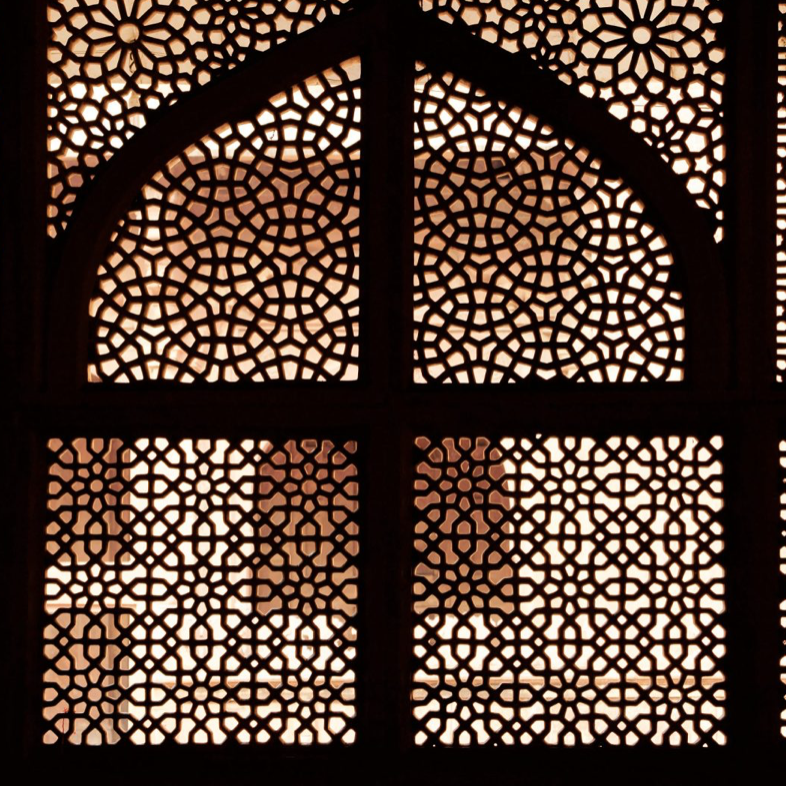India’s lattice buildings are both beautiful, unique, and efficient in keeping the building cool without the need for any air conditioner. There are small streams of light that shine through the jaali screens which both provide lights without the need for energy and keep the building’s carbon footprint low.
Jaali means net, and it is used in Central and South Asia. The cuts are made from marble and red sandstone and shaped into patterns. The Taj Mahal is perhaps one of the world’s most known buildings. The building constructed in the mid-17th century was created with carved jaalis to create a blend of lights and shadows.
The screens also allow for air to circulate in the building while also providing sunlight. Architects are now trying to recreate this architecture to help with the record-breaking heat waves that struck the world this summer. Cooling buildings is not only energy-intensive, but it is also expensive. Air conditioners are on the rise and are expected to triple by 2050.
In 2019, the Indian government launched the India Cooling Action Plan, which emphasized the importance of manipulating architectural elements to improve cooling. Architects are now turning to old solutions, including the jaali.
“[It] serves as an eco-friendly response to the issues of sustainable cooling and ventilation,” Sachin Rastogi, architect and founding director of ZED Lab in Delhi, who specializes in net-zero buildings, told BBC.
Cooling techniques can provide thermal comfort as well as reduce indoor temperature. Cutting out the need for air conditioners can result in saving up to 70 percent in energy.
Text by Hailey Kanowsky
via One Green Planet
